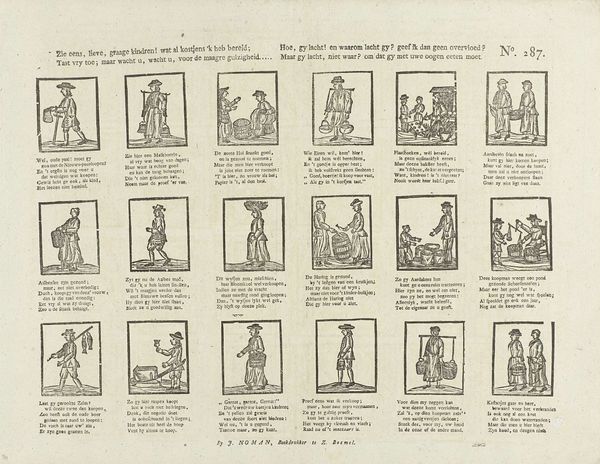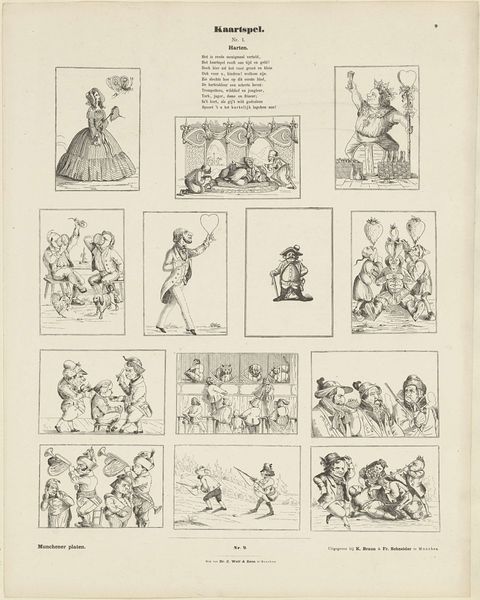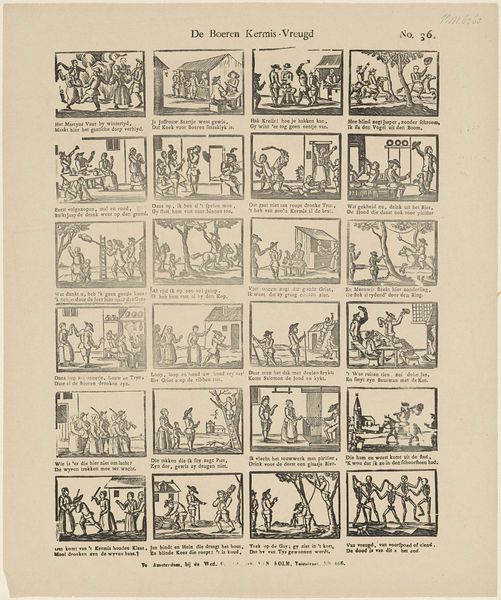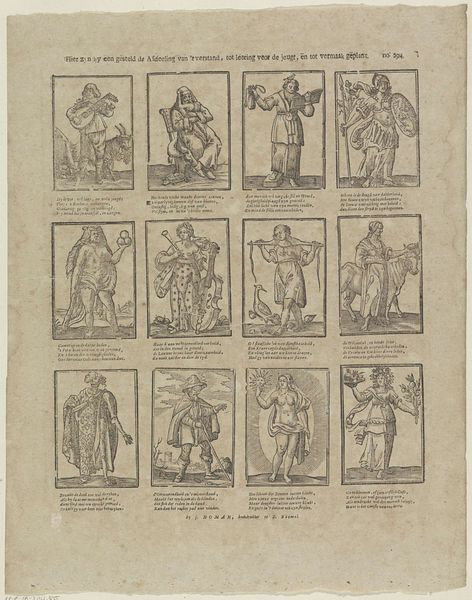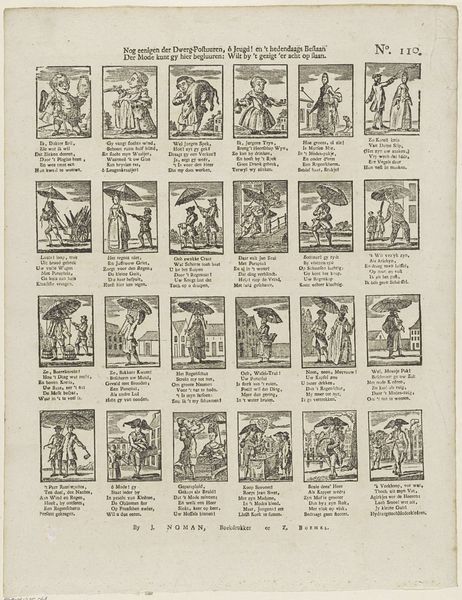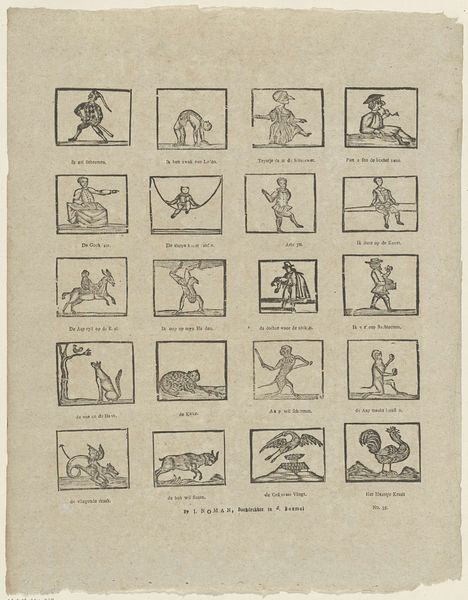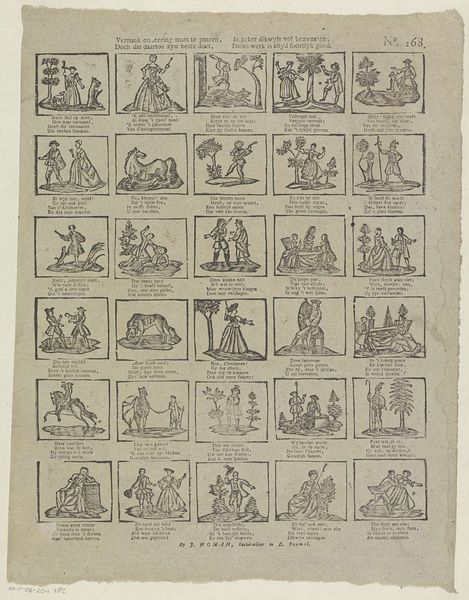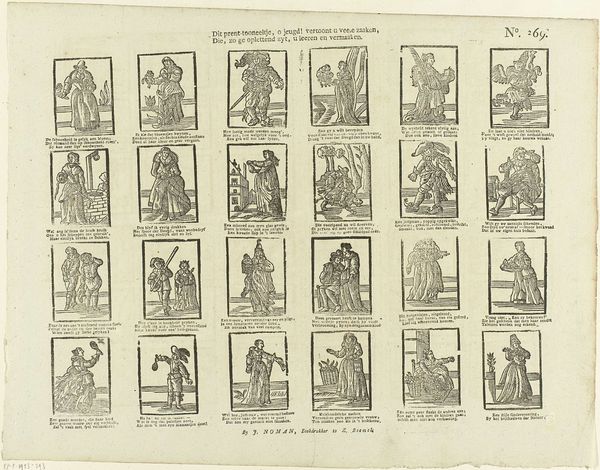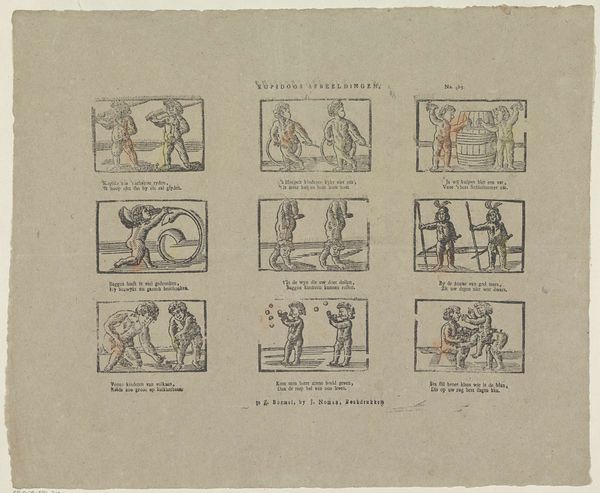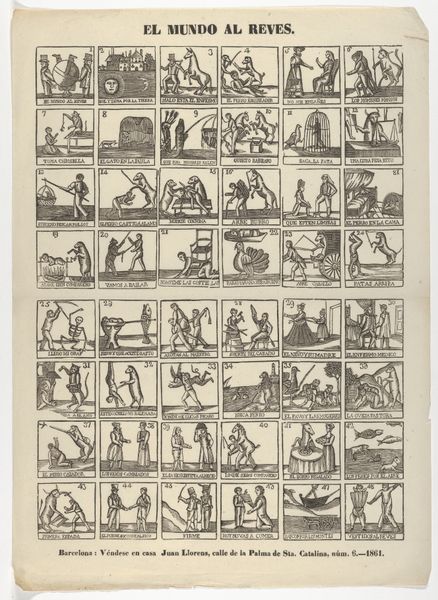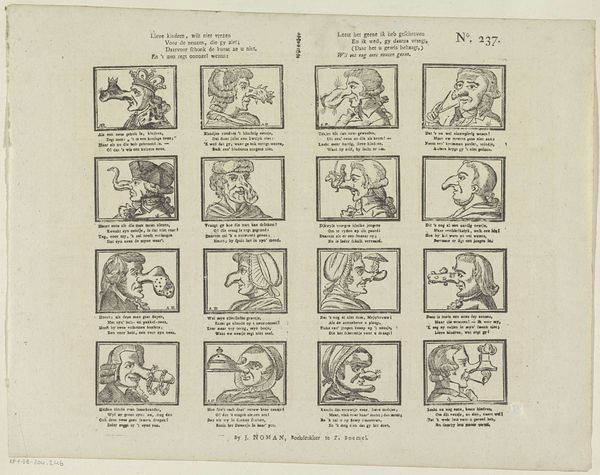![Hoort, jongens! hoe dees prent u kan ten spel verstrekken; / gy moet hem heel- en- al met wit papier bedekken [(...)] by Johan Noman](/_next/image?url=https%3A%2F%2Fd2w8kbdekdi1gv.cloudfront.net%2FeyJidWNrZXQiOiAiYXJ0ZXJhLWltYWdlcy1idWNrZXQiLCAia2V5IjogImFydHdvcmtzL2ZiZGY5OWNhLTc4YjItNDMwMS05N2Y0LWY5NzgxODQ5ZmEzMy9mYmRmOTljYS03OGIyLTQzMDEtOTdmNC1mOTc4MTg0OWZhMzNfZnVsbC5qcGciLCAiZWRpdHMiOiB7InJlc2l6ZSI6IHsid2lkdGgiOiAxOTIwLCAiaGVpZ2h0IjogMTkyMCwgImZpdCI6ICJpbnNpZGUifX19&w=3840&q=75)
Hoort, jongens! hoe dees prent u kan ten spel verstrekken; / gy moet hem heel- en- al met wit papier bedekken [(...)] 1806 - 1830
0:00
0:00
johannoman
Rijksmuseum
print, engraving
#
narrative-art
# print
#
figuration
#
line
#
genre-painting
#
northern-renaissance
#
engraving
Dimensions: height 317 mm, width 413 mm
Copyright: Rijks Museum: Open Domain
Curator: This delightful engraving, residing in the Rijksmuseum, goes by the name "Hoort, jongens! hoe dees prent u kan ten spel verstrekken; / gy moet hem heel- en- al met wit papier bedekken [(...)]". Created sometime between 1806 and 1830 by Johan Noman. It looks to me like it captures little slices of 19th century life. Editor: At first glance, it gives off this fascinating vibe. Like a coded manuscript, almost childlike. But beneath that whimsical surface, there is some rather rigid social ordering implied with people doing different tasks. What strikes me instantly is this very precise use of line, etching almost—but that’s probably incorrect—tiny squares filled with these charming, slightly naive figures. It feels incredibly meticulous, a bit…stern even? Curator: Indeed! What you're observing, this precision, relates directly to the printmaking medium – specifically engraving. Line is intrinsic to engraving because the image is etched with a burin, resulting in clear, defined outlines. It is more than mere aesthetics. This contributes a sense of order which could reflect on societal perceptions during that era too! Do remember the piece is not only genre-painting—it's interactive and intended as a sort of children's game. Editor: Oh, that really deepens my experience! So it is meant to engage and almost teach these…future adults about labour. You look from square to square trying to divine how to get things to align. I have the distinct impression of some sort of morality game happening right beneath the charming exterior. Curator: You are not wrong to infer some instructional quality in it too. Northern Renaissance prints frequently integrated didactic elements. We might reflect on our inclination to read moralistic tones from this era versus viewing them with an outlook akin to “social commentary disguised entertainment!” What stories do the recurring images of merchants and laborers, so prominent here, reflect on us as viewers? Editor: Well I appreciate that final framing you presented. This interaction shows much can be extracted through various forms, methods, meanings whether educational, recreational etc… It encourages me to pause when going through any museum now!
Comments
No comments
Be the first to comment and join the conversation on the ultimate creative platform.
